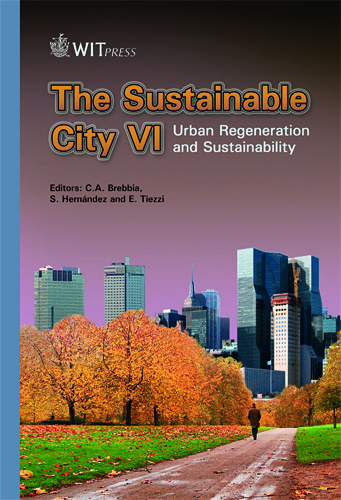Sustainability Of Spatial Context Of Historical Core Areas In Indonesian Cities
Price
Free (open access)
Transaction
Volume
129
Pages
12
Page Range
471 - 482
Published
2010
Size
1486 kb
Paper DOI
10.2495/SC100401
Copyright
WIT Press
Author(s)
E. Ellisa
Abstract
Colonization affected urban areas in Asian countries, where none had existed before because they were needed as administrative centres in the imperial system. As one of the great waves of globalisation, colonization covered the entire surface of Asian countries, including Indonesia. Colonial towns and cities left impressions and shaped succeeding built forms in the next period. Using some cases of former colonial cities in Indonesia and supported by a detailed study of Medan and Jakarta, this paper constructs the pattern of urban fabric through analysis of old city maps and images as well as observation of existing cities. The study reveals the typical morphology among those cities that demonstrates the linkages between colonial urban form and social, economic and symbolic dimensions during the colonial era. Beyond these urban development forces, much effort therefore should be applied to sustain the intrinsic sense of colonial urban context that is identified as the local language of the Indonesian urban form. Keywords: urban structure, transformation, sustainability, colonial urban context, design guideline, living function. 1 Introduction The term Indonesia refers to the sovereign territory of Republic Indonesia, one of the world’s most extensive archipelago, which contains 13,677 islands, of which 6,000 are inhabited. Among the islands, Java Island is the political, geographic and economic centre of the country. Before the colonization period, the country generally did not have a strong urban tradition. Many scholarly overviews of the early Indonesian urbanization during pre-colonialism consisted of numerous
Keywords
urban structure, transformation, sustainability, colonial urbancontext, design guideline, living function





